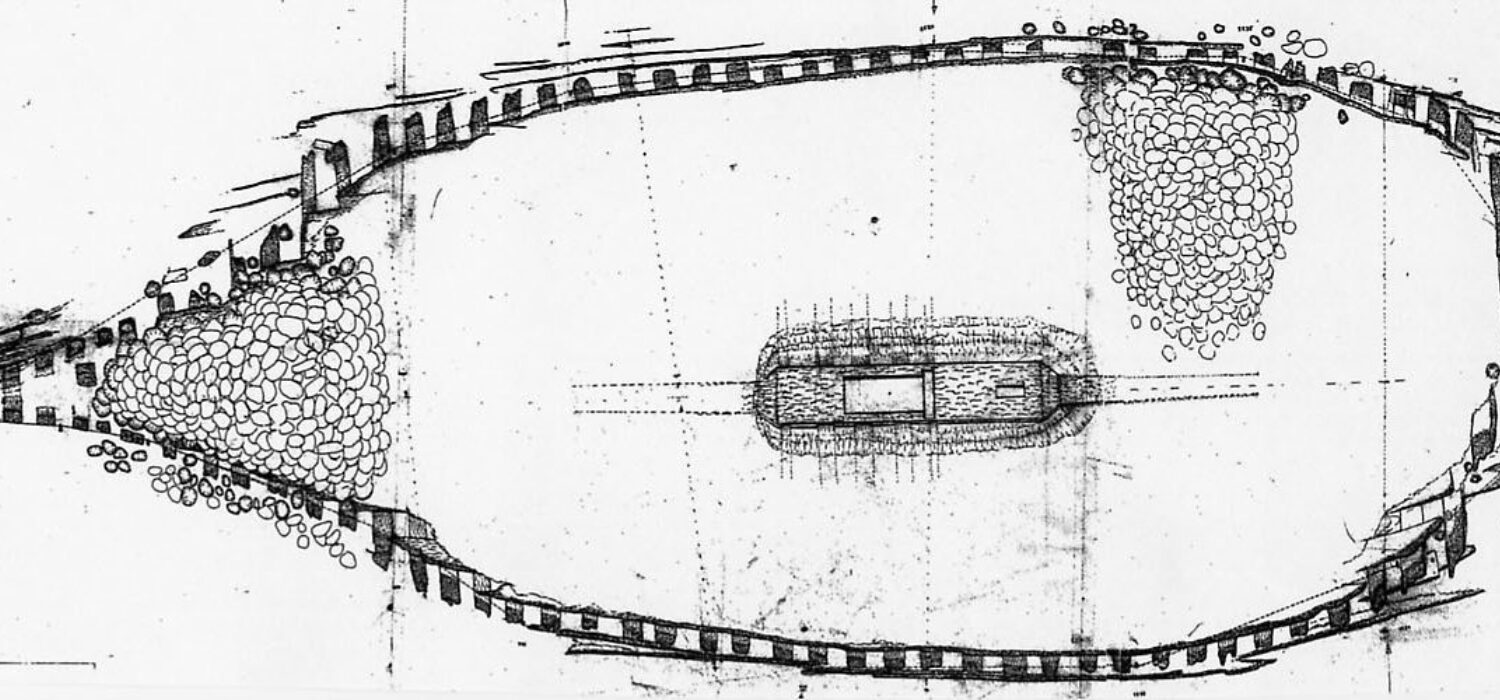Avaldsnes
For many years Stavanger Maritime Museum has been
investigating the activity of the Hansa at Avaldsnes in the 14th and 15th
centuries, and was in the process of carrying out a routine investigation to
determine the distribution of these finds.
– But we were very surprised by the results. The finds were not from the Hansa at all, but rather from the 13th century. We had found the harbour of the Royal Estate, said Endre Elvestad, Project Leader/Marine Archaeologist at Stavanger Maritime Museum.
EXTENSIVE AND WELL PRESERVED MATERIAL
We dug two trenches under water between Bukkøy and Fårøy. There we found 20-30 cm. thick layers consisting mostly of animal bones and wood shavings. The archaeological material from the 13###sup/sup### century is thus extensive and well preserved. This now provides us with a wealth of new source material for the history of the Royal Estate. These finds are completely different from those from the Hansa or succeeding periods. Our first impression is that the harbour, when it was part of the Royal Estate, was used in a completely different way.
SIGNIFICANT TIME
The 13th century was a very significant time for Avaldnes and Norwegian royal power. It was then that the church was built, and Oslo University’s Royal Estate Project in the summer found a royal stone building from approximately the same period. We are beginning to see the outlines of an ambitious royal emphasis on Avaldnes on the part of royalty in the 13th century.
UNIQUE POSSIBILITIES
A harbour at a central Royal Estate has never before been found in Norway. Future investigations of the 13th century harbour at Avaldsnes have thus unique possibilities to produce completely new knowledge about what a royal harbour looked like, and how it functioned in a very important time in Norwegian history.
EXTENSIVE INVESTIGATIONS
Stavanger Maritime Museum will now begin extensive new investigations in the area of the harbour. The first step is to assemble international specialists on that period for a conference at Avaldsnes in the spring. Here the finds can be discussed and we can assess the best way forward in a larger research project.
